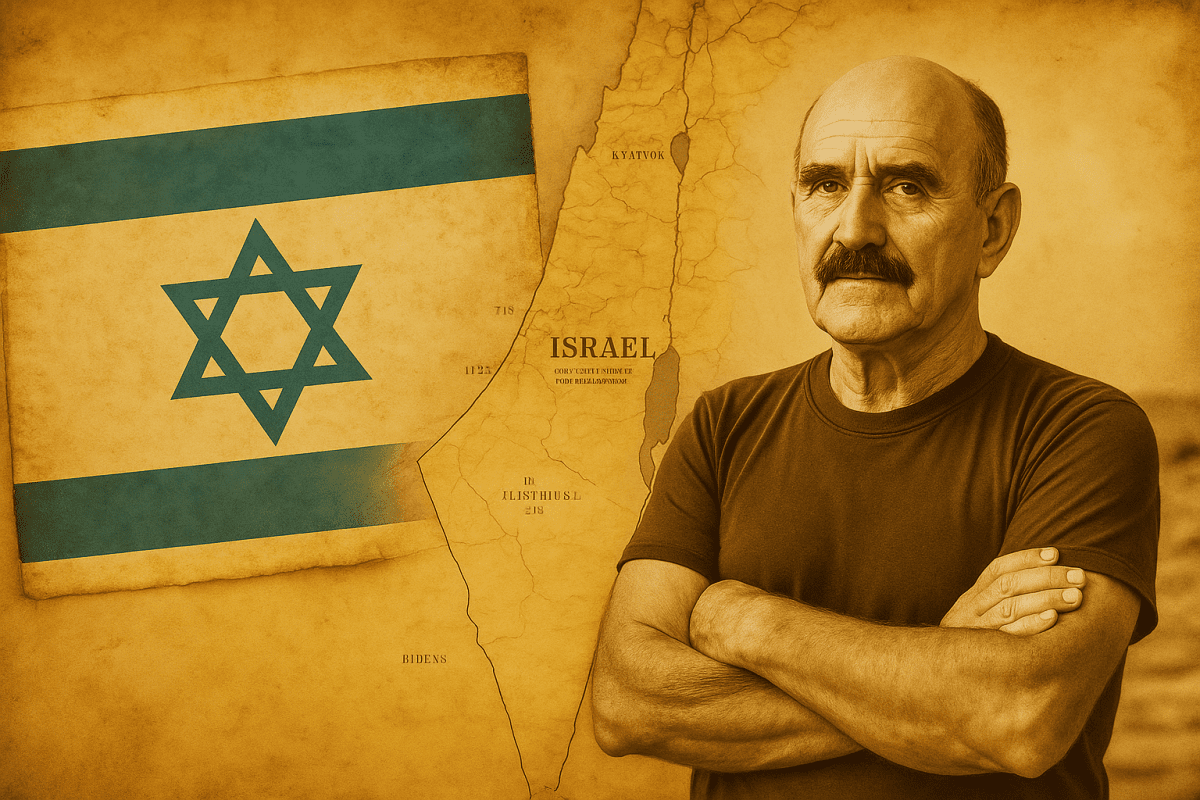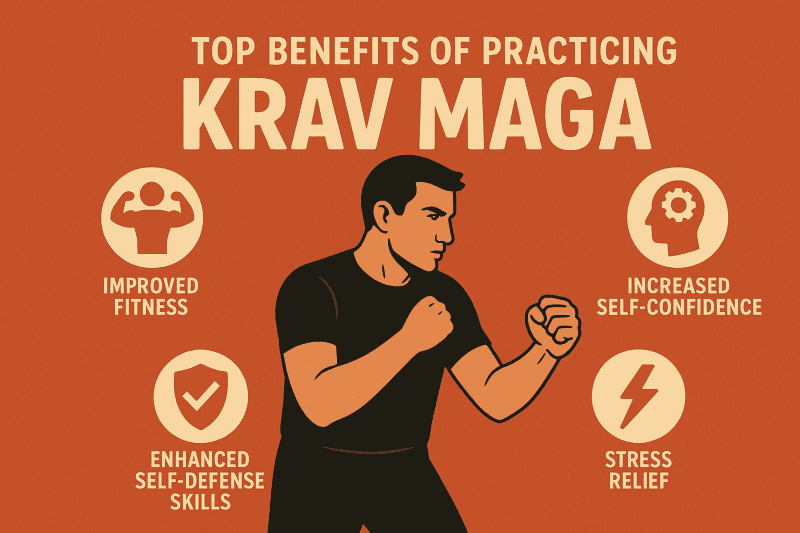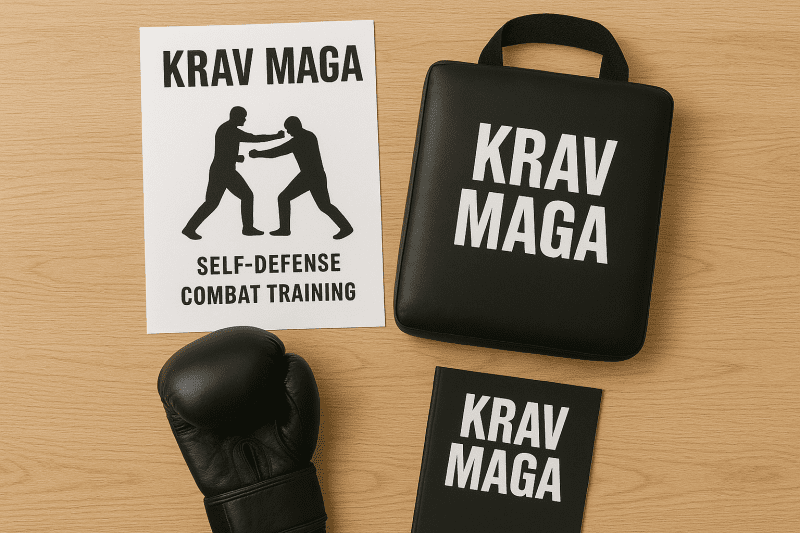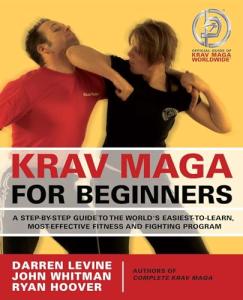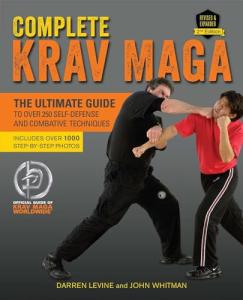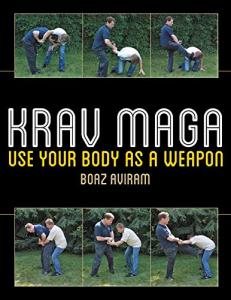Krav Maga, which translates to "contact combat" in Hebrew, originated in the 1930s through the work of Imi Lichtenfeld, a Hungarian-born martial artist and boxer. Lichtenfeld developed practical fighting techniques to help Jewish communities defend themselves against fascist groups in Bratislava. His approach emphasized efficiency, simplicity, and real-world application rather than ritualized forms or sport. After emigrating to Israel in the late 1940s, Lichtenfeld began teaching his system to the Haganah (the precursor to the Israel Defense Forces) and later to the IDF itself, where Krav Maga was refined into a military combat system designed for survival and effectiveness in life-or-death situations.
As Krav Maga spread beyond the military, civilian training programs emerged. In the 1980s and 1990s, Krav Maga gained international recognition, particularly through organizations such as Krav Maga Global (KMG), founded by Eyal Yanilov, one of Imi’s closest students, and the International Krav Maga Federation (IKMF), another major body established by Lichtenfeld’s first-generation instructors. Both organizations sought to codify and systematize Krav Maga for civilian, law enforcement, and military use, while also introducing more structured training and international standards. Around the same time, Krav Maga Worldwide, based in the United States, was established and became one of the key organizations bringing Krav Maga into mainstream martial arts and fitness communities.
Training methods between these organizations began to differ slightly, reflecting their priorities. Krav Maga Global emphasized continuous evolution and adaptability, ensuring techniques remained relevant to modern threats. IKMF placed strong focus on practical self-defense for civilians but also developed specialized curricula for law enforcement and VIP protection. Krav Maga Worldwide leaned into the fitness and self-defense aspects, appealing to broad audiences in gyms across the U.S. Despite these differences, all adhered to Imi’s core philosophy of neutralizing threats quickly with decisive techniques. Importantly, the organizations also worked to make Krav Maga accessible and systematic, ensuring students could track their progress through defined training paths.
To provide structure, grading systems were introduced. Unlike traditional martial arts, Krav Maga initially had no belts or ranks, as its military roots prioritized practical skill over hierarchy. However, as the art spread globally, colored belt systems and patch-based gradings were adopted to help motivate students and standardize instruction. These grading systems often mirror those of karate or judo, ranging from beginner levels through advanced practitioner and expert levels, with higher grades reserved for those demonstrating not only technical ability but also teaching proficiency. Today, Krav Maga continues to evolve, with multiple federations and organizations worldwide, but its core remains true to Imi Lichtenfeld’s vision: a practical, adaptable system designed for survival in real-world situations.
